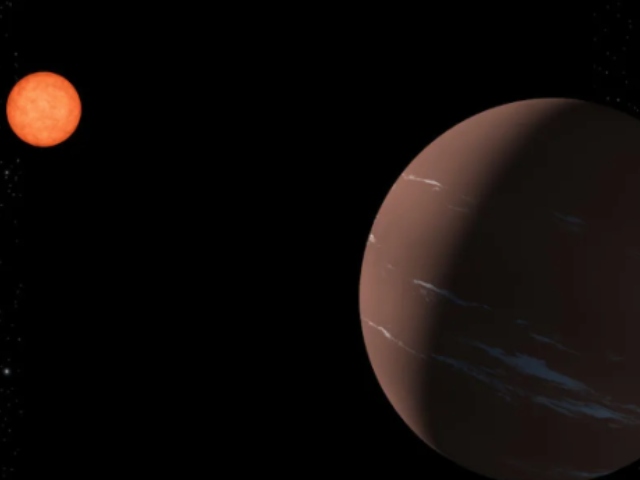
-
space discovery
-
NASA Found A ‘Super-Earth’ That Might Possibly Be Habitable
07 Mar 2024 by Tayla / No Comments
First found in 2023, the exoplanet has a mass of 3.02 Earths and it takes 19.3 days to complete one orbit of its star.
-
Time To Feel Small Again – Webb Telescope Stares Deeply Into The Starry Heart Of A Galaxy Far, Far, Far Away [Video]
05 Jun 2023 by Tayla / No Comments
Feeling small is nice if you just go with it and pretend you’re an atom being sucked into the void, without bills or adult friendships to worry over.
-
James Webb Space Telescope Captures Cosmic Tarantula [Images]
07 Sep 2022 by Tayla / No Comments
Being 161 000 light-years away was no problem for the highly sensitive James Webb Space Telescope, which captured the cosmic arachnid in stunning detail.
-
James Webb Space Telescope Nails The Phantom Galaxy
30 Aug 2022 by Tayla / No Comments
The remarkable gold-plated, infrared eyes have been capturing far-flung galaxies as well as shedding light on a bevvy of scientific questions and concerns.
-
James Webb Space Telescope Sheds New Light On Incredible Cartwheel Galaxy [Images]
03 Aug 2022 by Tayla / No Comments
JWST has peered into deep space again with its infrared gaze and discovered the “stellar gymnastics in The Cartwheel Galaxy”.
-
Power Of The James Webb Space Telescope Summed Up In A Single GIF
27 Jul 2022 by Tayla / No Comments
The JWST views light in the infrared spectrum – on Earth, we can feel infrared light as heat – which allows the instrument to see far, far more of the universe.
-
Astronomers Pinpoint Incredible Discoveries Via James Webb Space Telescope [Images]
21 Jul 2022 by Tayla / No Comments
Sifting through the public James Webb Space Telescope datasets, stargazers across the planet have been hard at work.
-
Mystery Space Object Beamed Out Radio Signal On Repeat
27 Jan 2022 by Tayla / No Comments
Just like in the film ‘Don’t Look Up’, a doctoral student made an unusual discovery while using a high-powered telescope.
-
A Hypothetical Ninth Planet Might Just Upend The Solar System As We Know It
17 Nov 2021 by Tayla / No Comments
Possible evidence of a ninth planet in our Solar System seems more likely than ever according to a British astronomer.
-
NASA’s Juno Spacecraft Nailed These Superb Jupiter Shots
28 Jul 2021 by Tayla / No Comments
At a distance of 628 million kilometres from Earth, NASA’s Juno spacecraft has sent us some dreamy snaps of Jupiter’s surface.
-
A South African Telescope Just Discovered 20 New Galaxies
07 Jul 2021 by Tayla / No Comments
South Africa’s MeerKAT telescope has been hard at work uncovering a large galaxy group, which is likely the most neutral hydrogen gas-rich group ever discovered.
-



































